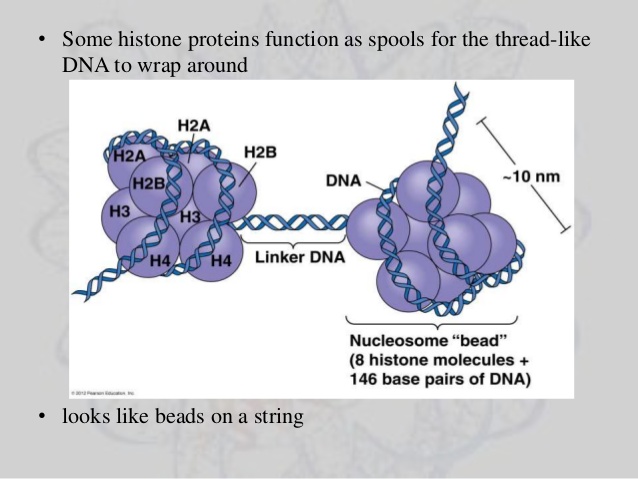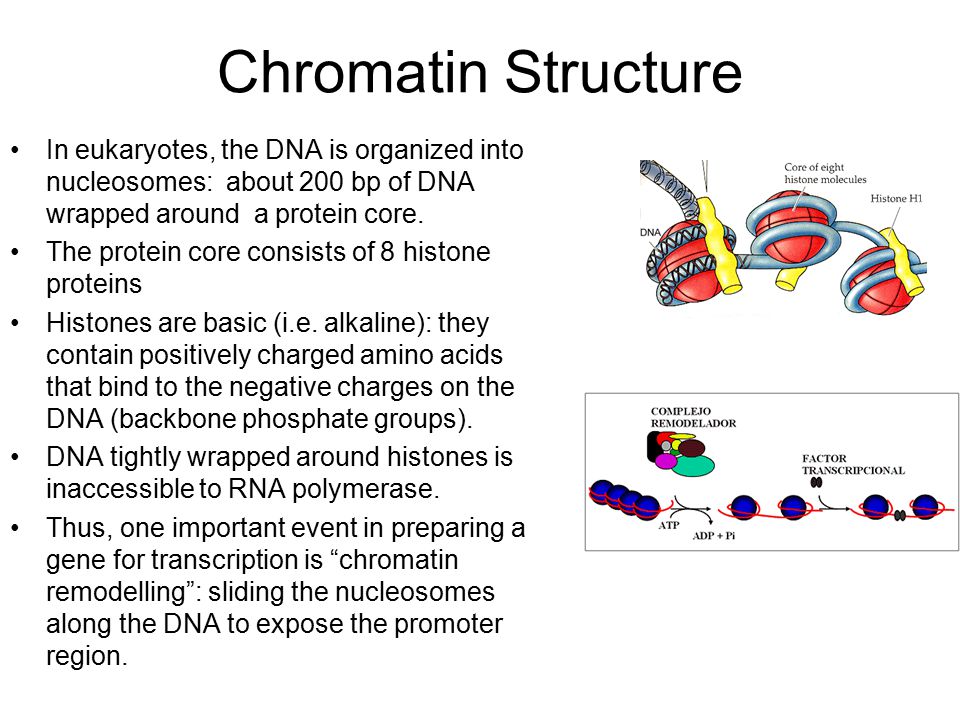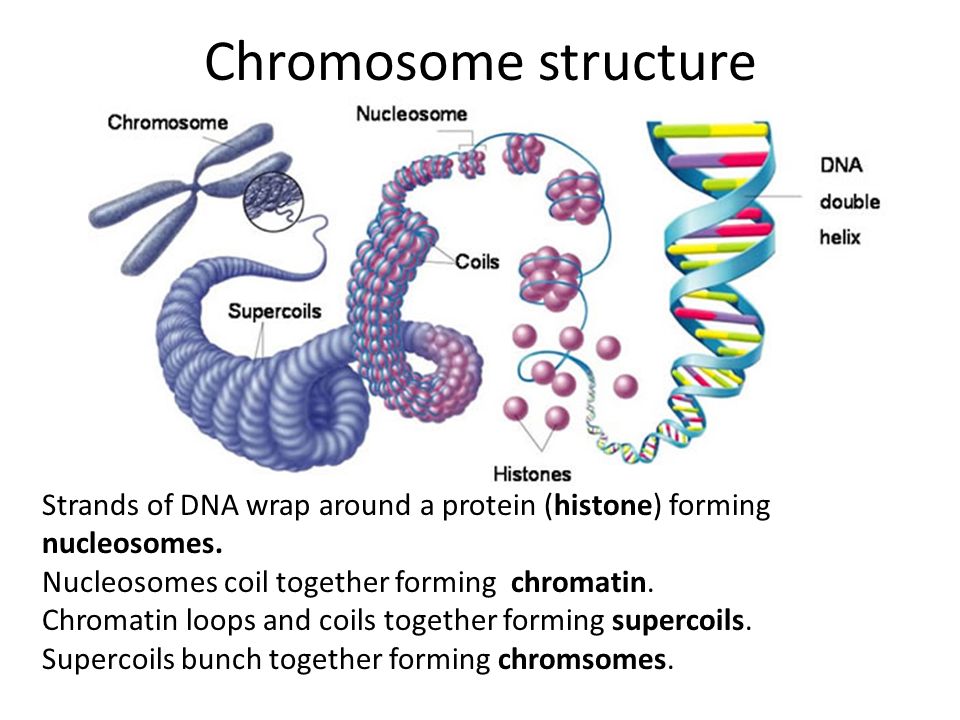Histone deacetylases (EC 3.5.1.98, HDAC) are a class of enzymes that remove acetyl groups (O=C-CH3) from an ε-N-acetyl lysine amino acid on a histone, allowing the histones to wrap the DNA more tightly. This is important because DNA is wrapped around histones, and DNA expression is regulated by acetylation and de-acetylation. Its action is opposite to that of histone acetyltransferase. HDAC proteins are now also called lysine deacetylases (KDAC), to describe their function rather than their target, which also includes non-histone proteins.[2] https://en.m.wikipedia.org/wiki/Histone_deacetylase
In biology, histones are highly alkaline proteins found in eukaryotic cell nuclei that package and order the DNA into structural units called nucleosomes. They are the chief protein components of chromatin, acting as spools around which DNA winds, and playing a role in gene regulation. https://en.m.wikipedia.org/wiki/Histone
Histone deacetylase inhibitors (HDAC inhibitors, HDACi, HDIs) are chemical compounds that inhibit histone deacetylase.
HDIs have a long history of use in psychiatry and neurology as mood stabilizers and anti-epileptics. More recently they are being investigated as possible treatments for cancers,[1][2] parasitic[3] and inflammatory diseases.[4] https://en.m.wikipedia.org/wiki/Histone_deacetylase_inhibitor
Histone deacetylase inhibitors (HDACIs) are emerging as a new class of potential anticancer agents and have been shown to induce differentiation, cell-cycle arrest, and apoptosis and to inhibit migration, invasion, and angiogenesis in many cancer cell lines. In addition, these compounds inhibit tumor growth in animal models and show antitumor activity in patients.
The interest in HDAC inhibitors began almost 30 years ago during some studies designed to understand why dimethyl sulfoxide (DMSO) caused terminal differentiation of murine erythroleukemia cells.
In recent years, an increasing number of structurally diverse HDAC inhibitors have been identified that inhibit proliferation and induce differentiation and/or apoptosis of tumor cells in culture and in animal models. HDAC inhibition causes acetylated nuclear histones to accumulate in both tumor and normal tissues, providing a surrogate marker for the biological activity of HDAC inhibitors in vivo.
In October 2006 the FDA approved the first HDAC inhibitor – Vorinostat (Zolinza, Suberoylanilide hydroxamic acid, formerly known as SAHA, Merck & co) to treat the rare cancer cutaneous T-cell lymphoma (CTCL). At least 12 different HDACIs are currently in some phase of clinical trials as monotherapy or in combination chemotherapy or radiation therapy in patients with hematologic and solid tumors, including lung, breast, pancreas, renal, and bladder cancers, melanoma, glioblastoma, leukemias, lymphomas, and multiple myeloma. http://www.hdacis.com




